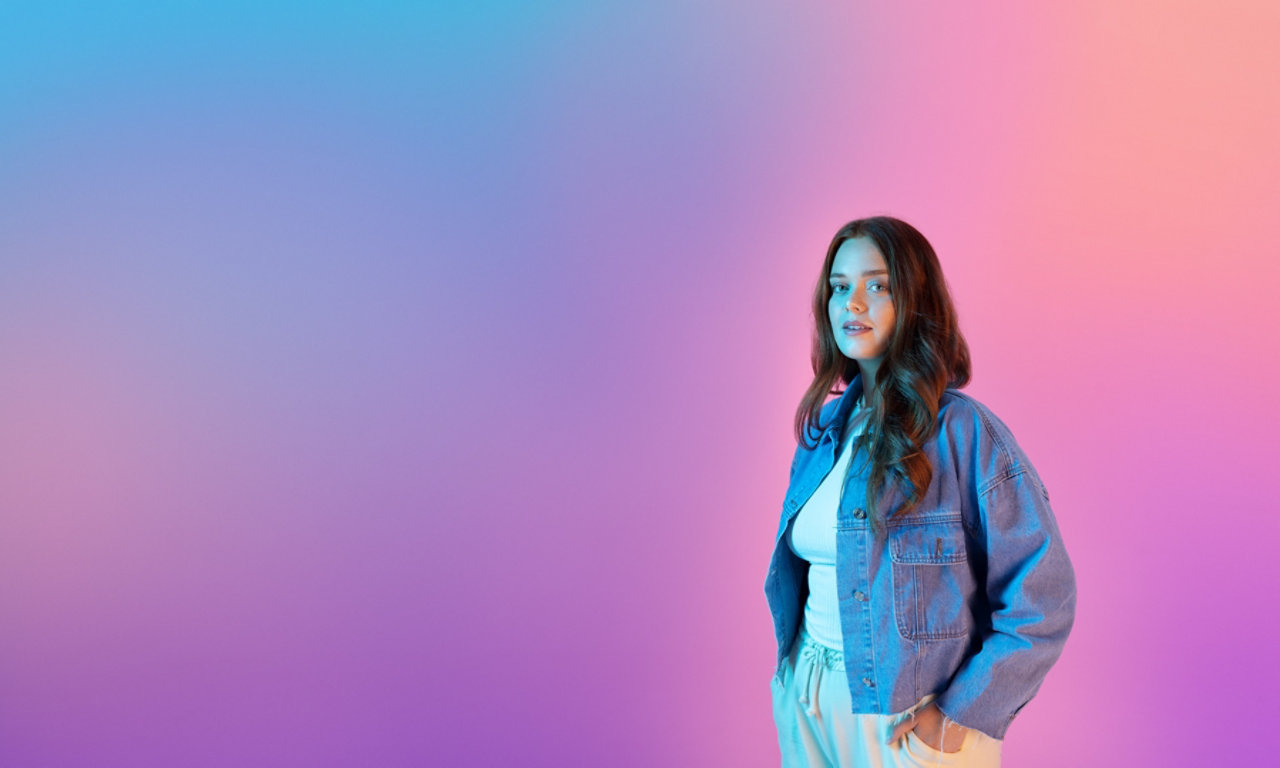
Insights
Introducing BT Insights: the go-to spot for help and advice on everything from digital transformation to cyber security.
Introducing BT Insights: the go-to spot for help and advice on everything from digital transformation to cyber security.
